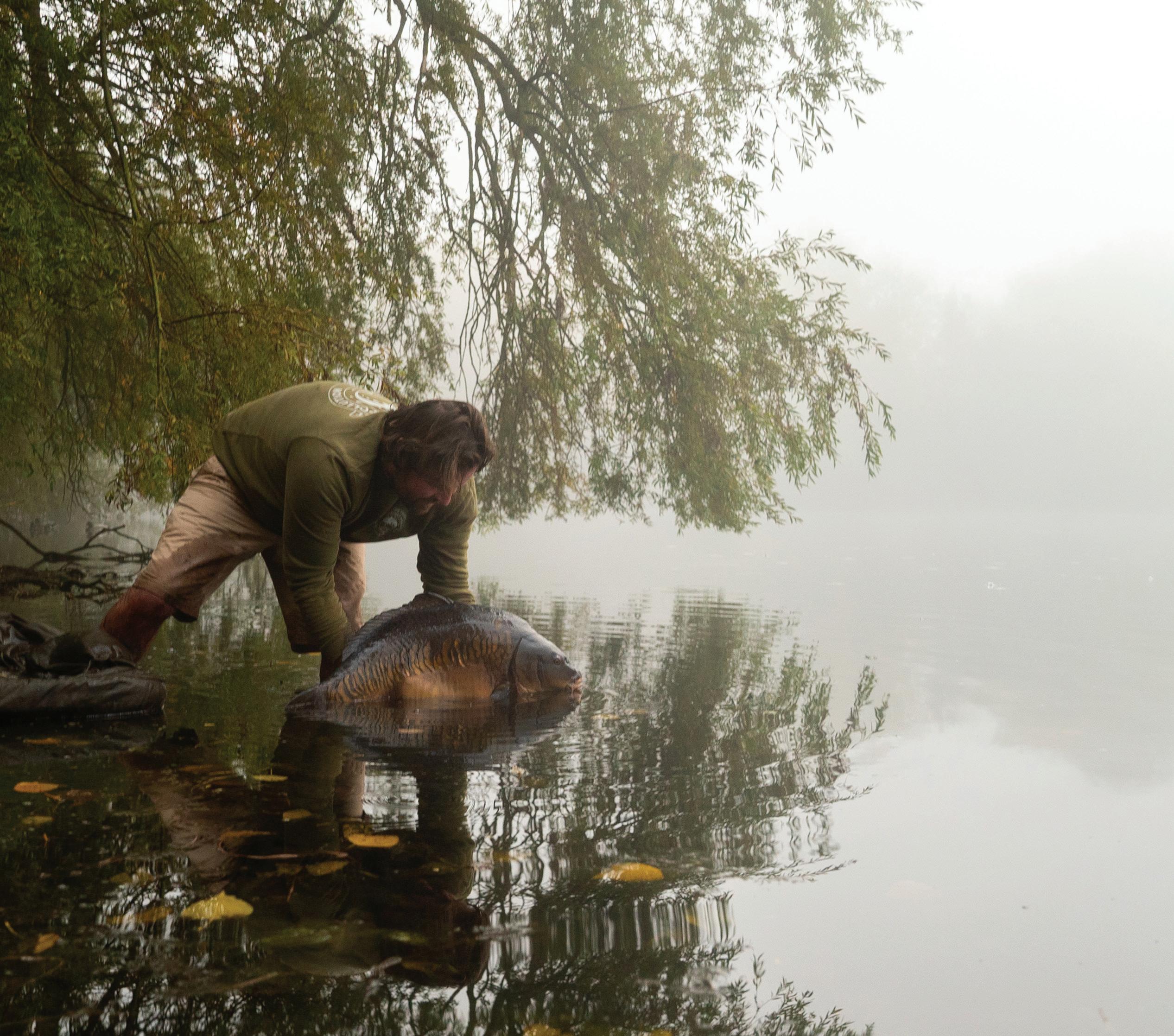
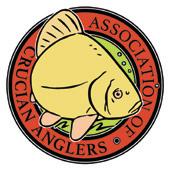

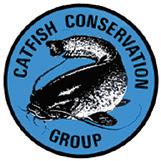
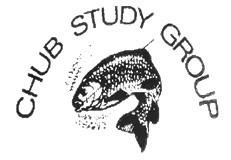
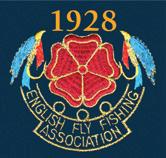

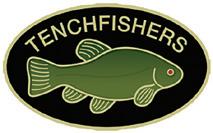

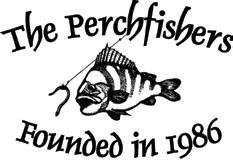
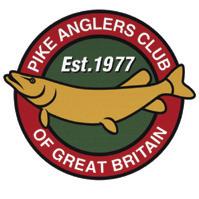

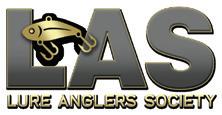
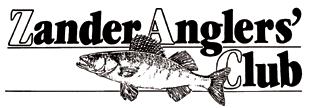















1 Care for the fish you catch.
2 Appreciate the environment we fish in and help to protect it.
3 Help other anglers and encourage newcomers.
4 Treat everyone with respect.
5 Follow the rules and always fish legally.
6 Fish safely and always follow health and safety guidance.

Always handle fish with wet hands. This avoids removing their protective slime.
Always have the right tools. You should never fish without the means to extract a hook without injuring the fish. For small fish, a disgorger is the answer (there is a useful tutorial here) and for larger species, forceps are better. For toothy fish such as pike, carry long handled pliers and forceps and have a quality set of wire cutters with you in case you need to cut the hooks. Learn how to use them properly, if you don’t have an experienced angler to show you (further advice below). Consider using barbless hooks to make unhooking simpler and safer.
Use sensible tackle. Large fish like carp, tench, pike, catfish and barbel need strong gear. If the fish has fought particularly hard, give it time to rest in the water before you handle it. You can rest it in your landing net, making sure its head is facing upstream if you are fishing a river.
Always carry a suitable landing net. Your net should be large enough to land the largest fish you are likely to catch and should be fitted with soft, knotless mesh. Consider using rubberised mesh, when fishing for trout, grayling, perch and small carp as it is less likely to split fins.
Handle fish carefully and as little as possible. The more handling, the more slime you remove and the more risk that the fish’s natural barrier against infection is damaged. If possible, unhook fish in the water and if you do have to remove them, always use an unhooking mat or cradle for larger species such as carp, barbel, catfish, chub, pike and tench, and make sure it is wet before you put any fish on it.
Be prepared. Have your unhooking equipment, camera and other essentials ready and close to hand at all times.
Keep time out of the water to a minimum. If you want to weigh a fish or take a picture, you can always keep it immersed using your landing net or a floating carp sling while you set up the shot and zero your scales. Avoid keeping your catch out of water for more than is absolutely necessary. If you are holding the fish to have a picture taken, never lift it high off the ground and hold it over a wet mat, cradle or over the water. Consider carrying a fish care kit which includes antiseptic and antibacterial sprays or gels to treat any injuries the fish may have.
Pike and Zander fishing requires specialist unhooking equipment and skills. You should not attempt to catch pike unless you are confident you have the equipment and knowledge to unhook them safely, it’s worth having a good look at the website of the Pike Anglers Club who have an excellent PDF guide here or take a look at this video.
Salmon require particular care when landing. This is especially so for hen fish, which can be weighed down with a large quantity of eggs, try to unhook and return salmon without ever removing them from the water. You can find more details here.
Eels also require particular care as they can easily be deep hooked. Please read about how to avoid this and learn what rigs are safe on the National Anguilla Club website.
Wels Catfish can grow very large and require specialist tackle to land safely. Take a look at the website of the Catfish Conservation Group for more detailed information.
Grayling are particularly intolerant to air exposure, so should be unhooked and released in the water wherever possible. The Grayling Society have an excellent Grayling Angling Code which gives more detail.
All fish species requite careful handing particularly if they are large specimens. There are many good guides and videos online including this one, it’s primarily aimed at carp anglers, but the good practice is applicable when handling large specimens of other species too. The Tenchfishers offer some great advice about rigs HERE and the Perchfishers offer excellent advice about handling perch HERE.
(Always check local rules about what rigs are allowed at each fishery or club)
Bolt rigs or semi-fixed leads should be used with care, and you should ensure the leger weight can slip free in the event of snagging or tangling. Make sure that if the line breaks it will not result in a fish being tethered.
Use a hook length of lower breaking strain line than the reel line where possible. This will ensure that the minimum amount of line is lost in the event of snagging. If you are fishing in a very snaggy area, consider using a weaker Leger or feeder link to minimise loss of tackle.
Check your reel line regularly for flaws caused by wear and damage. Remove and carefully dispose of any damaged line and replace your reel line regularly. Recycle all used line via the Anglers National Line Recycling Scheme.
Think carefully before fishing for certain species in hot conditions. As temperatures rise the amount of dissolved oxygen in the water decreases. This factor is often made worse by the fact that river and lake levels often drop in the summer, meaning there is physically less water for the fish to live in and shallow water heats up quicker.
The combination of low water levels and high temperatures can also make fish more susceptible to disease and parasite infections, so it Is important to be extra careful when it comes to fish handling when fishing in warm temperatures.
Different species are also more vulnerable to warm water/low oxygen levels than others, with carp and eels better able to cope and pike, barbel, trout, grayling and salmon particularly badly affected. The nature of your fishery is really important, if it is a flowing natural river with plenty of riffles and shallows, then the water will be more oxygenated, if it’s a slow, canalised river, or stillwater it is likely to have lower dissolved oxygen levels in hot conditions.
Remember, fish use up oxygen when they fight, so large fish that take a long time to land will be particularly susceptible in warm water conditions.
If possible, keep fish in the water while you are unhooking them.
Return fish quickly and support them in the water as they recover. In a river hold them facing upstream allowing the water to pass over the gills to aid recovery. Dont pull them back and forward, the water needs to flow through the front of their gills.
Consider carrying a thermometer so you can check water temperatures easily.
More information about how water temperatures affect fish can be found HERE.


Never drop litter or discard tackle. Remember, discarded fishing line is particularly hazardous to wildlife. Discarded or damaged line should be recycled via the Anglers National Line Recycling Scheme.
Always clear up litter before you leave - even if it’s not yours. If you see any litter or discarded tackle, pick it up if it’s safe to do so, and take it home and dispose of it safely. Pledge to “Take 5” minutes to clear up litter each time you go fishing and have a positive effect on our environment through our Anglers Against Litter campaign.
Consider working with a local club to organise a large-scale litter pick. If there is a stretch of river, canal, stillwater or shoreline that needs clearing, run a litter pick. Details of how to organise can be found here.
Ensure you know how to report a pollution Incident or other environmental issue should you witness one when fishing, see here for details.
Get your club involved. Consider asking your club to get involved with our Anglers Against Pollution water quality monitoring project or The Riverfly Partnership, so that you can better understand what’s happening to the health of the rivers you fish.
Always follow fishery rules. Anglers can inadvertently spread disease, parasites and invasive non-native species between fisheries and watercourses, so always follow fishery rules regarding nets, equipment and biosecurity. Always ‘Check, Clean, Dry’ your tackle between fishing trips, this is particularly important for nets, unhooking mats, waders and other items of tackle that get wet and can stay wet.
Be particularly vigilant if you are fishing abroad, or fishing somewhere that has invasive species present such as floating pennywort or giant hogweed. Learn to identify common invasive species here.
Be mindful of the effect you have on wildlife. Remove rigs caught up in bankside vegetation, branches or underwater snags where it is practicable and safe to do so.
Report lost line or terminal tackle to club bailiffs or the fishery owner for removal, if you cannot recover it safely yourself.
Best of all is to avoid losing tackle in trees and bushes. Choose your swim with care to reduce the risk of snagging bankside trees, vegetation and obstructions in the water.
Take extra care where people feed waterfowl. The birds may have learned to
associate people with food at that site and their expectations will increase the risk of entanglements.
Never leave rods unattended while fishing. Not only is it poor angling practice as it may result in a hooked fish becoming snagged, but it also increases the risk of birds becoming entangled in the line or taking the bait. If you need to leave your swim, all lines should be retrieved, baits removed, and the hooks secured to the rod.
Never leave rods on the bank with hooks still baited. These food items could be picked up by birds or animals. Remember - it is illegal to leave a rod unattended while fishing.
Beware of birds swimming into your line or picking up surface baits.
Do not light fires or use barbecues unless specifically permitted.


No matter how expert and experienced you are, we were all new anglers at one time, so where appropriate take time to encourage friends and family to try the sport in a positive and friendly way. Make sure the venue has a suitable stock for beginners and equipment and bait is geared towards getting as many bites as possible.
Consider getting involved with your local club as a volunteer in some capacity.
If you are looking to pass your knowledge onto members of the public either in a voluntary or paid role, then you should complete your Angling Trust Coach qualification and become a licensed Coach. Your licence includes DBS, Safeguarding, First Aid and appropriate insurance. You can find more info HERE.
Be considerate to those living in, working in, and enjoying the countryside.
Leave gates and property as you find them.
Do not block access to gateways or driveways when parking.
Be nice, say hello, share the space and treat others as you would like to be treated.
Treat everyone with the same respect regardless of age, gender, race or sexuality.
Follow local signs and keep to marked paths unless wider access is available.
All anglers over the age of 13 fishing in freshwater in England and Wales require a fishing licence but it’s free for 13-16 year olds. You can purchase online here. There are close seasons for fishing on rivers and some stillwaters. In England and Wales, the main coarse fish close season runs between March 15 to June 15 inclusive. For trout and salmon, the seasons vary by region. Full details of these can be found here.
Most other waters, such as lakes and canals, can be fished year round as long as you have permission from the owner, with the exception of some waters which are designated as Sites of Special Scientific Interest where the coarse fish close season still applies or where the owner of the water still enforces a close season. Don’t forget you can fish in the sea all year round and there is no need for a fishing licence.
Once you have your rod licence, you will still need permission to fish from whoever owns or has the fishing rights to that particular water. You must have permission to fish, or you could be breaking the law and prosecuted. Normally this involves buying a day ticket or joining the fishing club who own or lease the lake or stretch of river. It is usually quite easy to find out where to fish in your area. Why not take a look at the Angling Trust Fishing Map which
is a great source of information. You will also find fishing tackle shops listed on the map too, and these are a great source of information on local fishing and often sell day tickets and club memberships, plus they have local knowledge you won’t always find online! Don’t be afraid to ask them directly when you buy your tackle and bait. Most are incredibly helpful.
Almost all club waters and fisheries have a set of rules which you need to follow, these will often be on a sign at the fishery, on your day ticket or on the website of the club. Make sure you read these and understand them before you begin fishing. Most rules are there to make sure everyone enjoys themselves and that the fish are looked after properly.
If you see anyone obviously fishing illegally, particularly if they are using nets, or traps and removing fish, then please report this to the Environment Agency by telephone on 0800 807060 and also inform the local club bailiff, or fishery owner. Don’t approach people yourself, in this situation, put your own safety first.
In order to run and organise coaching or instruction sessions you need to follow best practice in the sport. The Angling Trust Coaching team can advise you on this - HERE.
It is essential to ensure you fish without endangering others or causing damage to property. casting without concern for your surroundings can easily cause an accident. All anglers should ensure they have Public Liability Insurance in case of an accident. Join Angling Trust as an Individual member and insurance is included as a membership benefit HERE.
Check the weather forecast and weather conditions before you go fishing. Conditions can change quickly with heavy rain causing spates and making riverbanks unsafe. It’s a good idea to check river levels (including those upstream, which will indicate if levels are about to rise. You can find them here https://check-for-flooding.service.gov. uk/river-and-sea-levels.
Never fish during a thunderstorm, as carbon fishing rods are great conductors and there is a real threat of death.
Know exactly where you are. Consider installing an OS locate app or the What3Words app for your smartphone or refer to a map.
Let someone know where you are going to fish, especially if you are going to fish alone.
Let someone know when you are likely to return and let them know if your plans change.
It may be sensible to take a fully charged mobile phone and check signal strength, make sure you know who to call in an emergency.
Check that your fishing spot is safe before fishing. Rivers are dynamic
environments and riverbanks and riverbeds can erode, and river courses change. Just because it was safe previously doesn’t mean that it still is.
Dress appropriately, sturdy footwear, sun hat in hot weather and warm layers in cold weather. Always use suncream, or better still, sun block in hot conditions, the reflection of water can increase the risk of skin cancer, so stay safe and hydrated when it’s sunny.
Consider taking a change of clothes or blanket in your car, in case you fall in.
Only wade if it is safe and permitted. Water can be much deeper than it appears, and silt can be much deeper than you think. Use a wading staff to check depth and support you.
Take hand sanitiser to use before you eat and at the end of the session. Be aware of the risk from Weil’s disease, bacteria, and pathogens.
Carry with you basic first aid supplies, such as plasters, antiseptic wipes and/or antiseptic cream or gel. Remember to take with you any prescribed medicines that you would need to take during the course of a session.
Avoid fishing close to power lines and remember electricity can arc over considerable distances. Carbon rods and poles are excellent conductors of electricity, so always carry long objects, like fishing rods and poles, horizontally and parallel with the ground.
For more details on Health and Safety when fishing take a look at our full guide HERE.
ANGLING TRUST TODAY